Material
Turquoise beads are crafted from turquoise, a hydrous phosphate mineral primarily composed of copper and aluminum (chemical formula: CuAl₆(PO₄)₄(OH)₈·4H₂O). This gemstone forms in arid regions through the percolation of water containing copper minerals, resulting in its characteristic blue-green hues. High-quality turquoise is prized for its vivid color and minimal matrix (host rock veins), while lower grades may exhibit more brown or black veining.
Properties
Turquoise has a Mohs hardness of 5–6, making it moderately durable but susceptible to scratches and chemical damage. It is porous and sensitive to oils, perfumes, and prolonged sunlight, which can fade its color. The stone’s color ranges from sky blue to greenish-blue, influenced by copper (blue) and iron (green) content. Polished turquoise beads display a waxy to subvitreous luster, and some varieties may undergo stabilization (resin treatment) to enhance durability.
Symbolism and Cultural Significance
Turquoise has been revered for millennia as a protective and healing stone. In ancient cultures like the Egyptians, Persians, and Native Americans, it symbolized wisdom, tranquility, and good fortune. It was believed to ward off evil, promote spiritual attunement, and strengthen communication. In Tibetan and Chinese traditions, turquoise represents purity and is often used in prayer beads and amulets. Modern interpretations associate it with emotional balance, creativity, and connection to nature.
Uses and Care
Turquoise beads are popular in jewelry, such as necklaces, bracelets, and earrings. To preserve their beauty, avoid exposure to harsh chemicals, heat, and direct sunlight. Clean them gently with a dry cloth. Whether valued for aesthetics or spiritual meaning, turquoise beads remain a timeless symbol of harmony and protection.









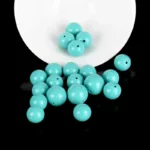


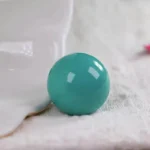
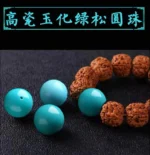


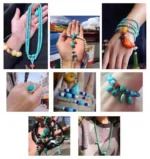

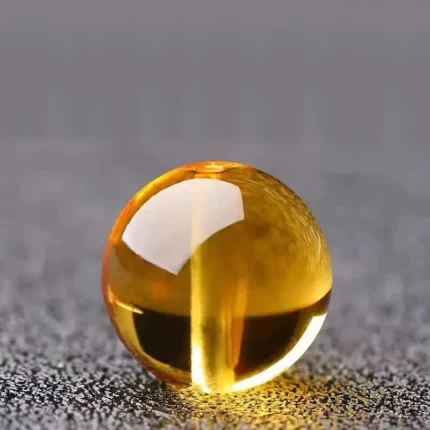



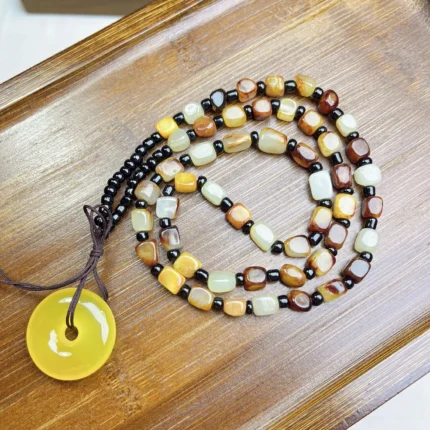

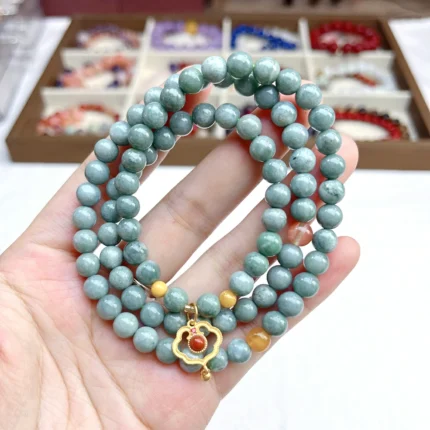
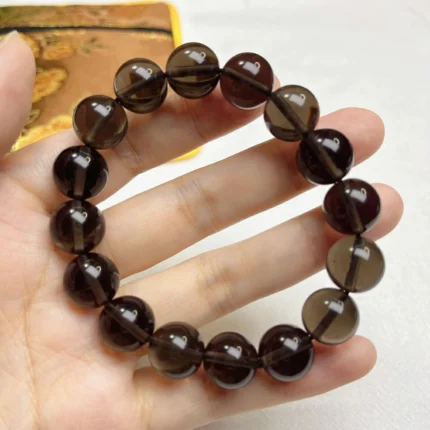

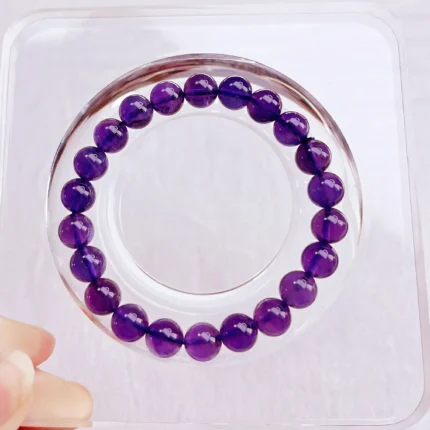


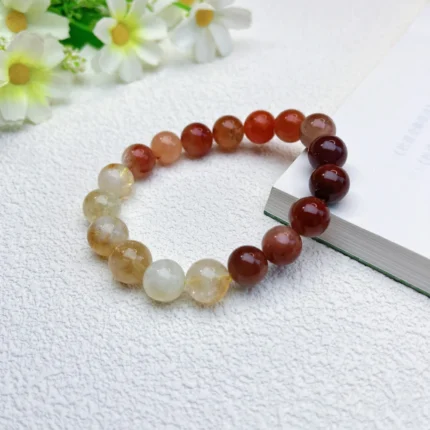
Reviews
There are no reviews yet.